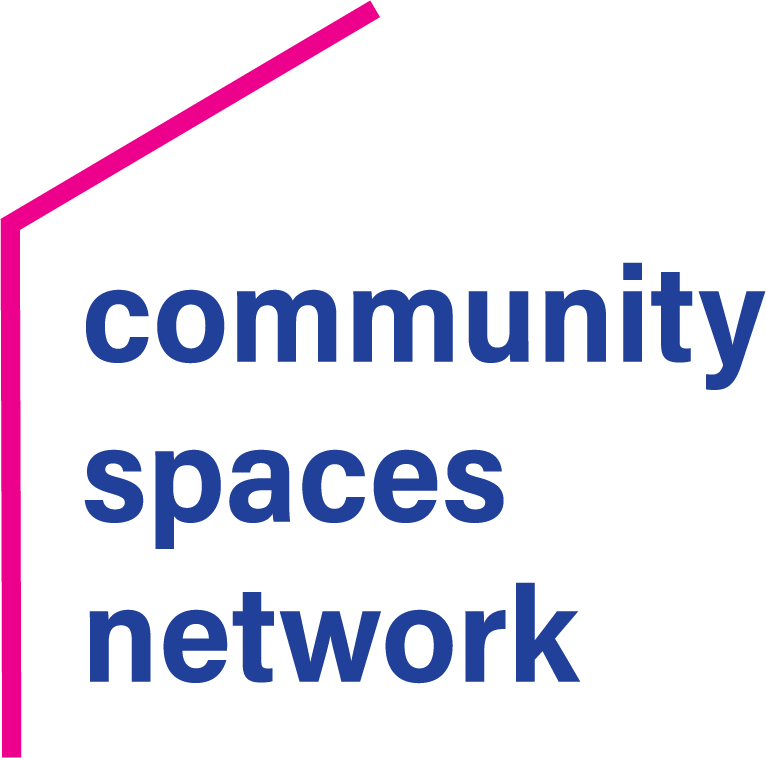Infrastructure matters. It’s the tools and structures that magnify our productivity. Think about the speed at which you type an article on a computer versus writing it with pen and paper.
In the for-profit world, the quality of your infrastructure impacts your ability to make money. Office spaces is worth investing in, because it helps your employees be more productive, legitimizes your presence, and encourages people to buy your products. Time intensive systems get automated or replaced, so a business owner can use their time in a way that maximizes revenue. Productivity is measured in ROI.
In the nonprofit world, it is more complicated. Resources are limited, and its much more difficult to measure the impact of our work. It’s about how lives are impacted over years, not sales that take place in seconds. But just like in the for-profit world, systems can have an impact on the bottom line – the triple bottom line.
How a nonprofit sets up its infrastructure (space, systems, employment practices, and more) can strengthen or weaken an organization’s impact on its mission.[vc_row][vc_column][vc_single_image image=”5397″ img_size=”full” alignment=”center”][/vc_column][/vc_row]Take space for example:
- If your mission is to feed the hungry, you can operate a food pantry out of any space.
- Imagine you operate the food pantry out of a storage unit. The space doesn’t have any heat or cooling, so you can only store and distribute shelf-stable food. Also, you can only use the storage unit in the fall and spring, because in the summer it’s unbearably hot, and even shelf stable food goes bad.
- An empty church classroom- this space is big and spacious, and climate controlled. It enables food to be distributed, but it may be difficult for your clients to find, or they may feel uncomfortable in this space.
- A standalone storefront that feels like a grocery store. Research shows that autonomy and dignity is important for those in need. People are less hungry when they can pick the food that they know how to cook and prepare. They want to go shopping, and this space allows them a dignified experience. More people are attracted to this model so more people are served.
The first example is of a space that actually detracts from a nonprofit’s mission. Subpar space means that food spoils. People choose to seek out other resources or go without. Who wants that?
The second example is of a space that has a neutral impact. It’s good enough. The space facilitates the mission.
The third example is of how space can amplify a mission. If a space is one where people are productive, they are able to create more, and impact more lives.
This analogy holds true for so many other structures from banking, staffing, payroll, IT, and more. What would it look like if all nonprofits were aligning their infrastructure dollars in ways that magnified their mission instead of making do?

